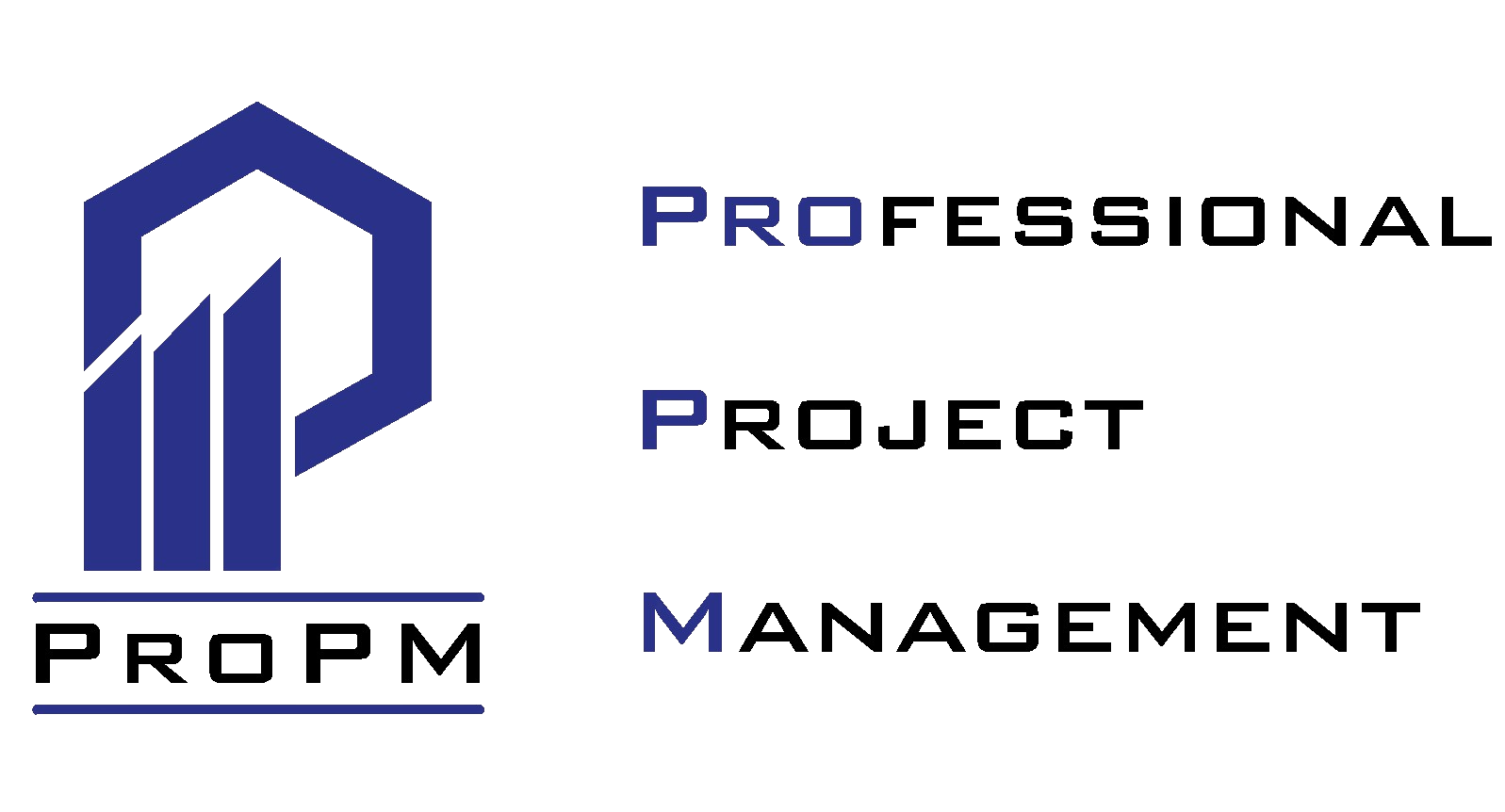Complying with the Water Efficiency Directive can present a number of challenges for businesses. However, solutions such as strategic planning, use of innovative technologies, training programs and outsourced consulting services can help overcome these challenges. Complying with the Water Efficiency Directive allows businesses to optimize their water consumption, reduce costs and achieve environmental sustainability goals. This process is critical for all businesses looking to take steps towards a sustainable future.
Sustainable management of water resources is of great importance both environmentally and economically. The Water Efficiency Regulation is a legal framework that helps businesses achieve their environmental sustainability goals by optimizing water consumption and preventing water waste. However, complying with this regulation may not be easy for every business. This article will discuss in detail the Challenges and Solutions Experienced in the Compliance Process with the Water Efficiency Regulation, and explain the steps required for businesses to successfully complete this process.
Challenges Experienced in the Compliance Process with the Water Efficiency Regulation
1. Infrastructure Inadequacies: Many businesses may find that their current water management infrastructure does not meet the requirements of the Water Efficiency Regulation. Old water installations, inefficient water treatment systems, and inadequate monitoring equipment can create major obstacles to the compliance process.
Solution: Businesses should evaluate their current infrastructure and plan the necessary improvements. The integration of new water monitoring systems, modern water treatment technologies, and efficient water-saving equipment plays a critical role in the compliance process. Infrastructure investments may be costly in the short term, but they provide a return on investment by reducing water costs in the long term.
2. High Costs: The technology, infrastructure improvements and consultancy services required to comply with the Water Efficiency Regulation may lead to high costs at the beginning. This situation can be a challenge especially for small and medium-sized businesses.
Solution: Businesses should focus on strategies that will provide cost savings in the long term. Measures such as water saving, energy efficiency and wastewater recycling reduce the operational costs of the business. In addition, additional resources can be found to finance such investments by researching government support, grants and incentive programs.
3. Lack of Personnel and Training: In order to comply with the water efficiency regulation, a company needs to have conscious and trained staff on water management. However, many businesses may have difficulty finding staff with sufficient knowledge and experience in this area.
Solution: Businesses should provide regular training to their staff on water management. Training and awareness programs ensure that employees understand water efficiency strategies and implement these strategies. In addition, the problem of staff shortage can be overcome by receiving support from external expert consultants.
4. Lack of Legal and Technical Knowledge: The Water Efficiency Regulation and related legal regulations can be complex. Fully understanding and implementing the requirements of this regulation can be a challenging process, especially for businesses with a lack of technical knowledge.
Solution: Businesses should benefit from expert consultancy services during the regulation compliance process. These services make it easier for businesses to understand the legal requirements, develop compliance plans and fully comply with the regulation. In addition, attending sectoral trainings and following the literature can help eliminate the lack of technical knowledge.
5. Continuous Monitoring and Reporting Challenges: The Water Efficiency Regulation requires continuous monitoring and regular reporting of water consumption. However, these monitoring and reporting processes can be challenging for businesses that do not have sufficient technological infrastructure and knowledge.
Solution: Businesses should use digital monitoring systems to monitor water consumption and efficiency. Smart water meters, water management software and automatic reporting systems facilitate monitoring and reporting processes. The integration of these technologies both optimizes water consumption and ensures compliance with the regulation.
6. Resistance to Change: Changes made in businesses to comply with water efficiency regulations can sometimes be met with resistance among employees. This resistance can be caused by factors such as difficulty adapting to new processes, uncertainty, and satisfaction with current ways of doing business.
Solution: This resistance can be overcome by implementing change management strategies. Employees should be provided with clear and continuous communication about the reasons for complying with water efficiency regulations, the benefits it will provide to the business, and its environmental impacts. In addition, encouraging employee participation in the process and providing them with adequate training and support regarding new processes can accelerate the adaptation process.
Solutions Recommended for the Compliance Process with the Water Efficiency Regulation
1. Strategic Planning and Prioritization: In order to be successful in the compliance process, businesses need to prepare a strategic plan. This plan should determine water efficiency targets, analyze infrastructure needs, and prioritize the necessary steps for compliance.
2. Integration of Innovative Technologies: Businesses should use the latest technologies to optimize and monitor water consumption. Smart water meters, water recovery systems, and automatic monitoring software are effective ways to increase water efficiency.
3. Education and Awareness Programs: It is important to raise awareness and train employees to comply with the water efficiency regulation. These programs make it easier for employees to adapt to new processes and ensure that water efficiency strategies are implemented effectively.
4. Outsourced Consulting Services: Businesses that have difficulty with technical knowledge and legal compliance should benefit from water efficiency regulation consulting services. These services accelerate the compliance process of businesses and ensure that they fully comply with the requirements of the regulation.
5. Performance Monitoring and Continuous Improvement: Continuous monitoring and reporting of water consumption is critical to the success of the compliance process. Businesses should regularly monitor, evaluate and improve their water management performance.
Complying with the Water Efficiency Regulation can present a variety of challenges for businesses. However, solutions such as strategic planning, use of innovative technologies, training programs and outsourced consulting services can help overcome these challenges. Complying with the Water Efficiency Regulation allows businesses to optimize their water consumption, reduce costs and achieve environmental sustainability goals. This process is critical for all businesses looking to take a step towards a sustainable future.
